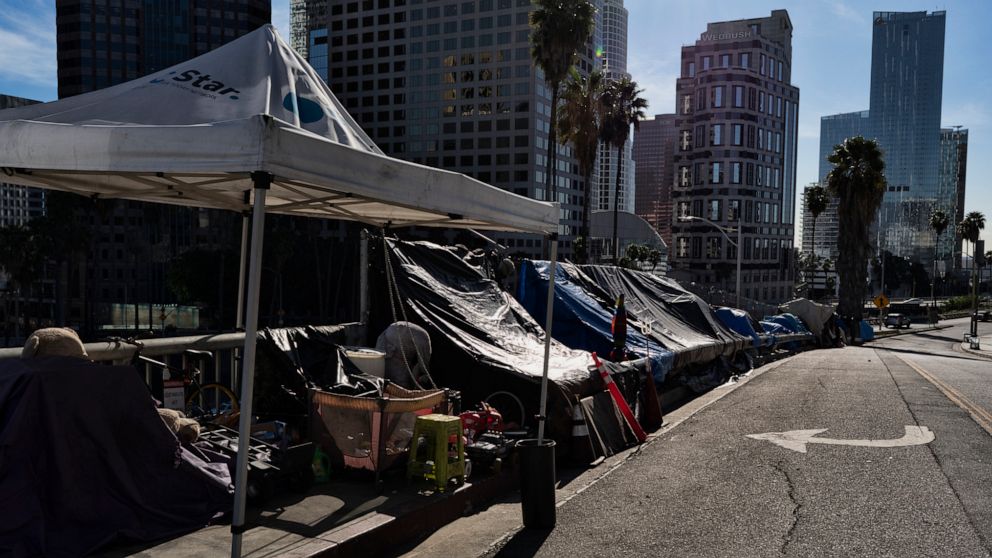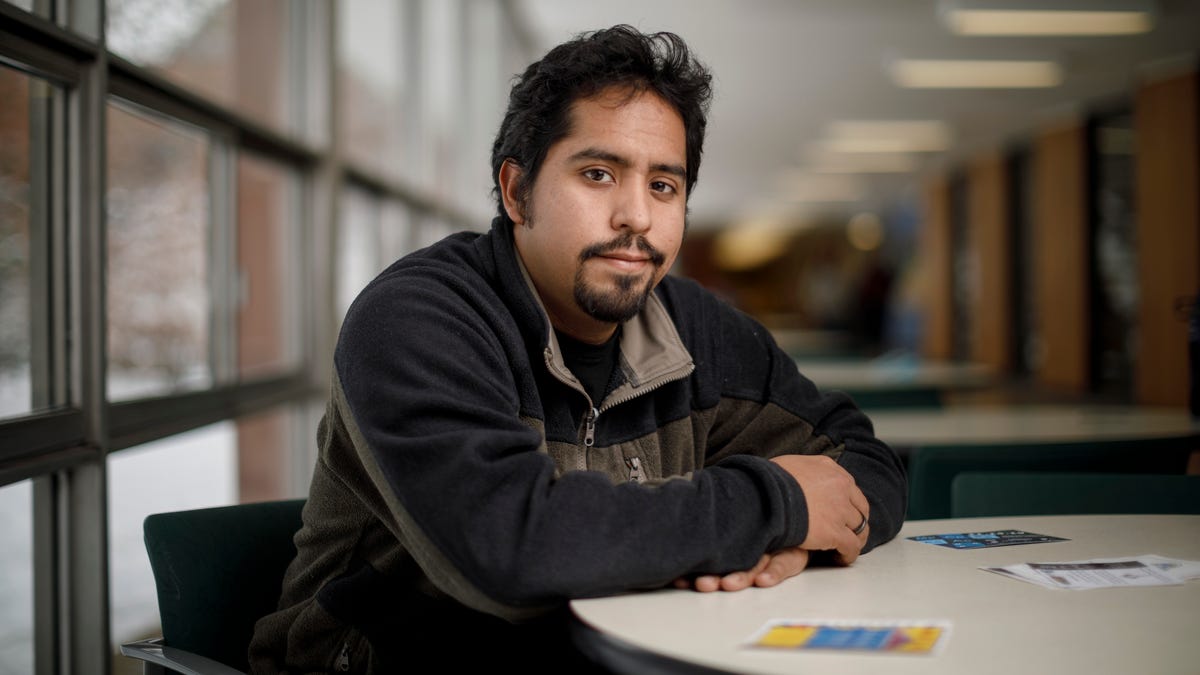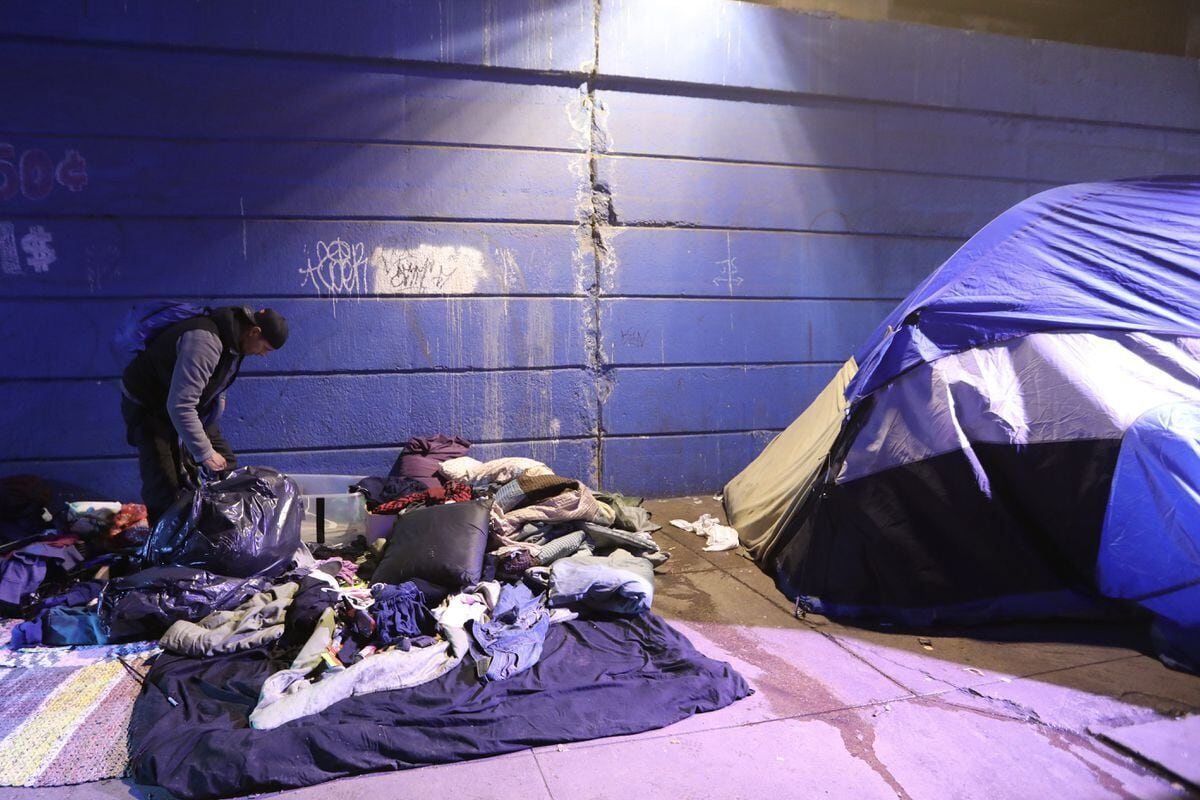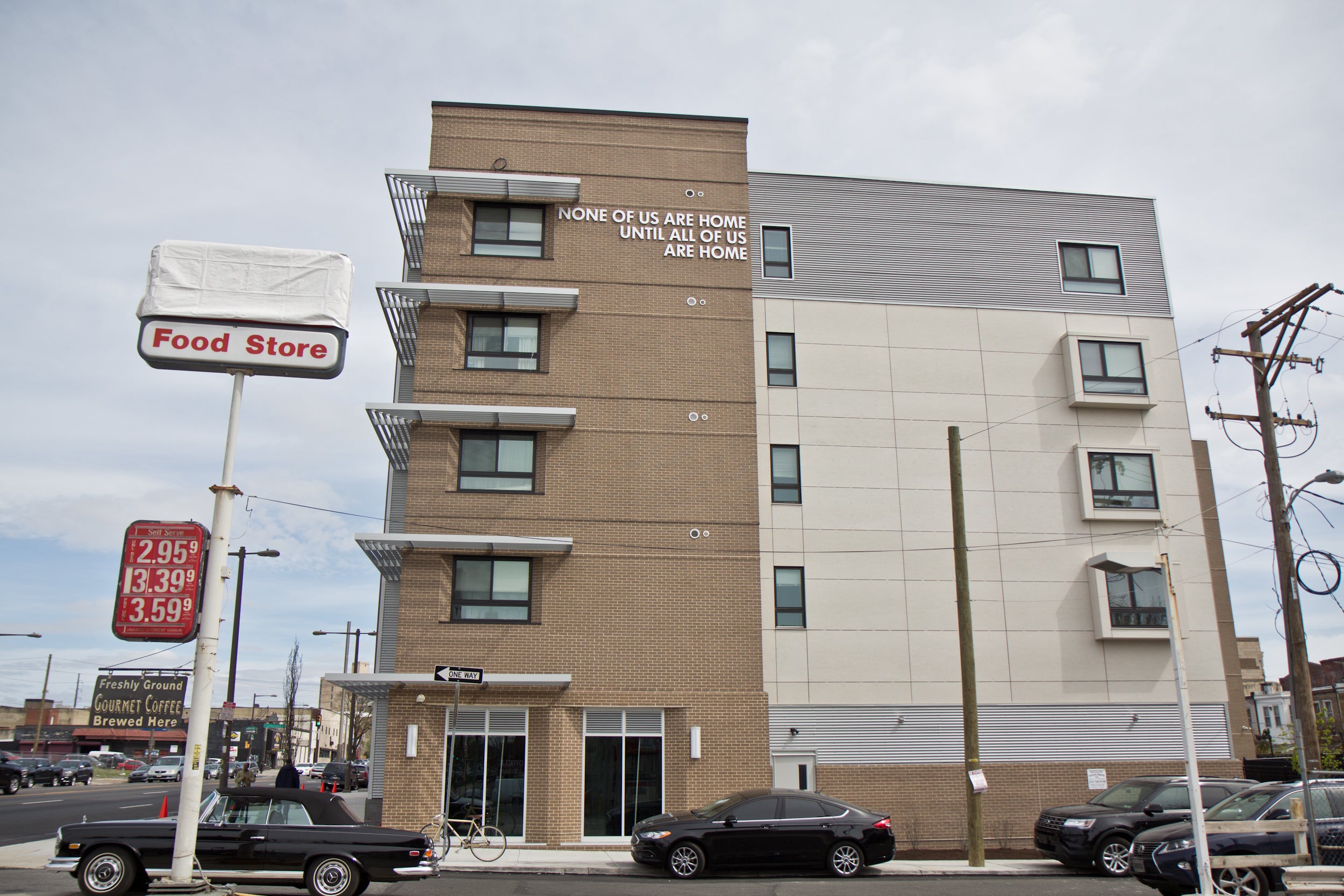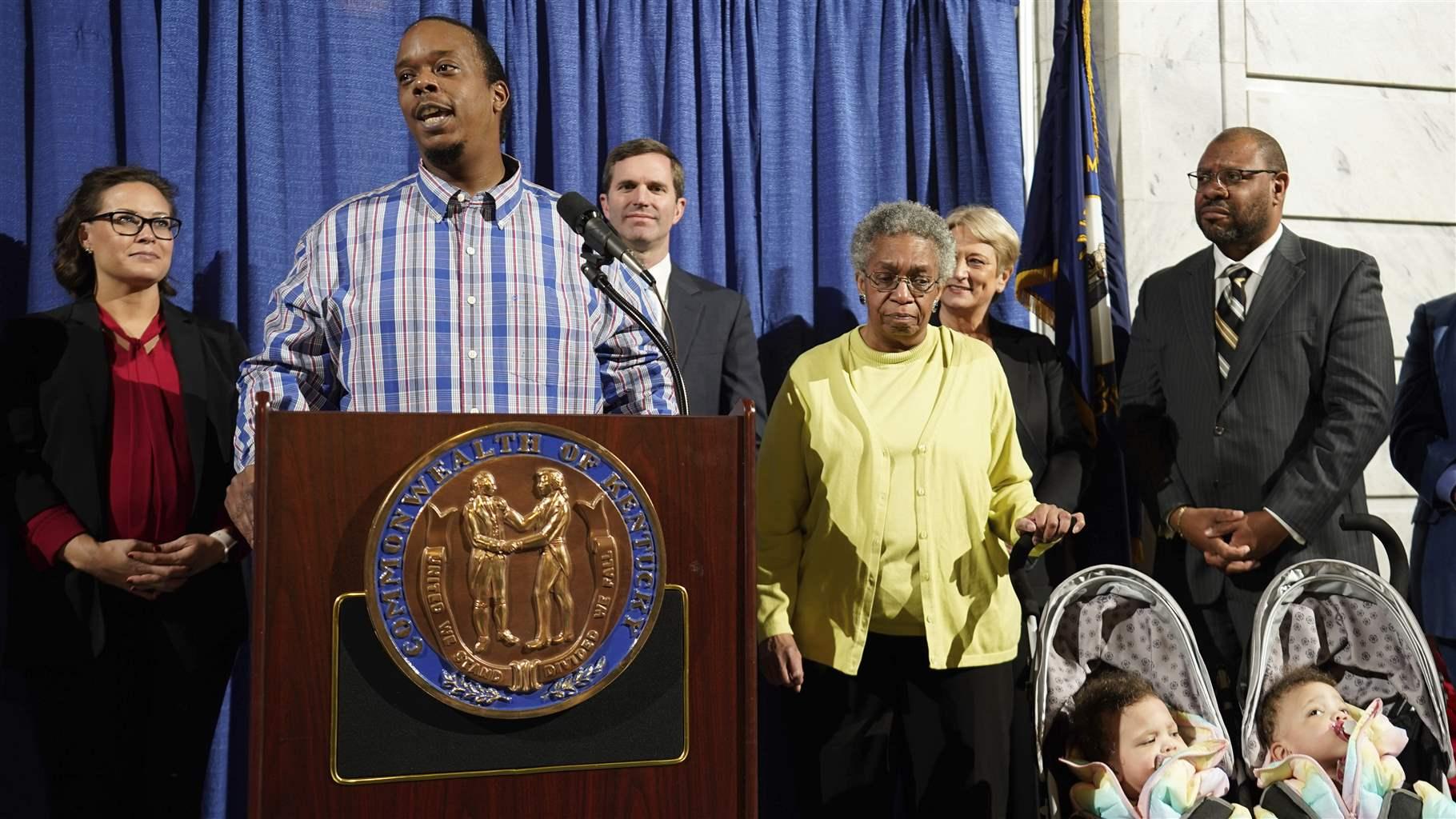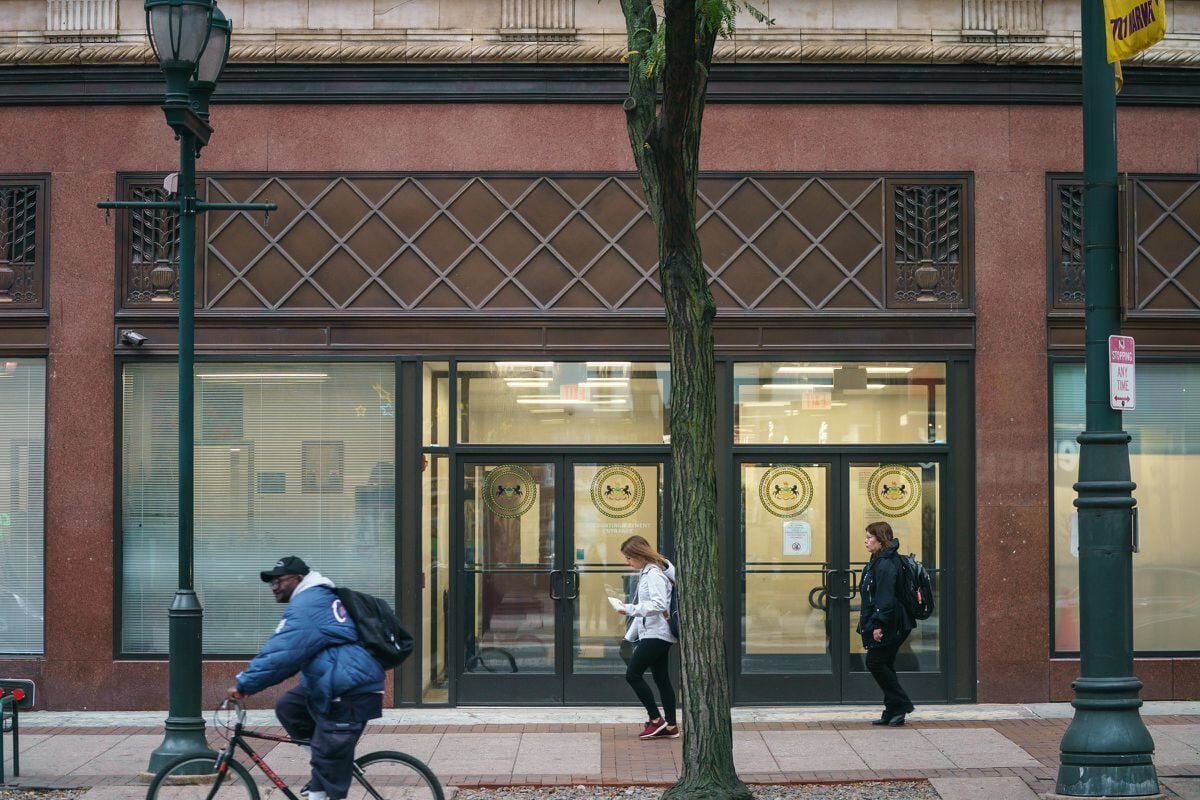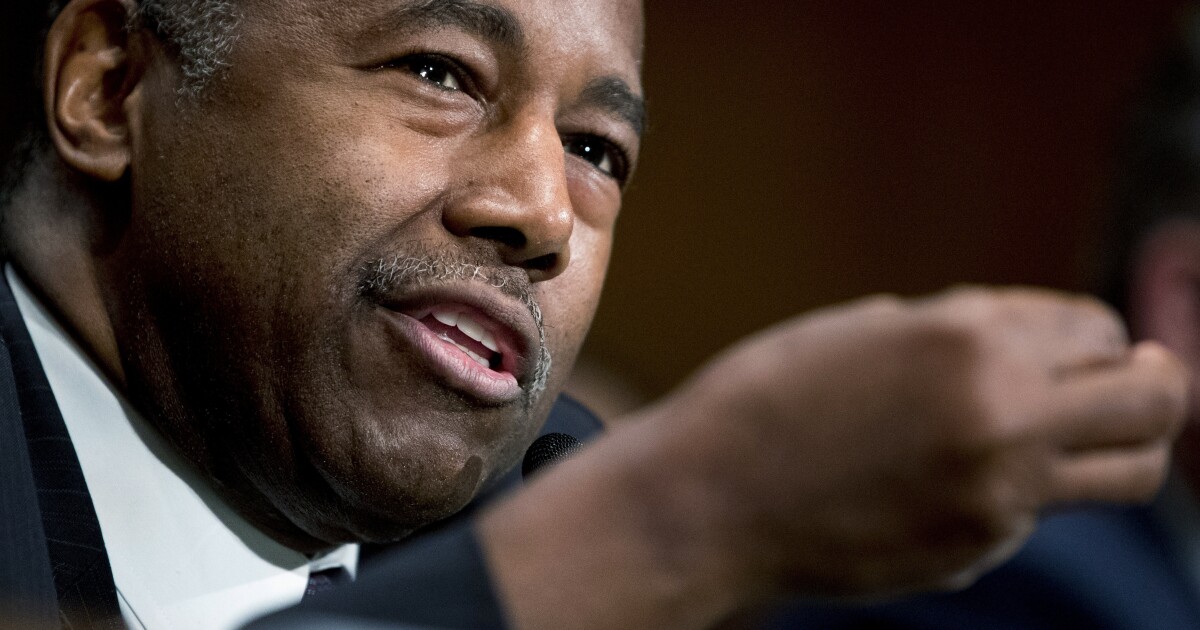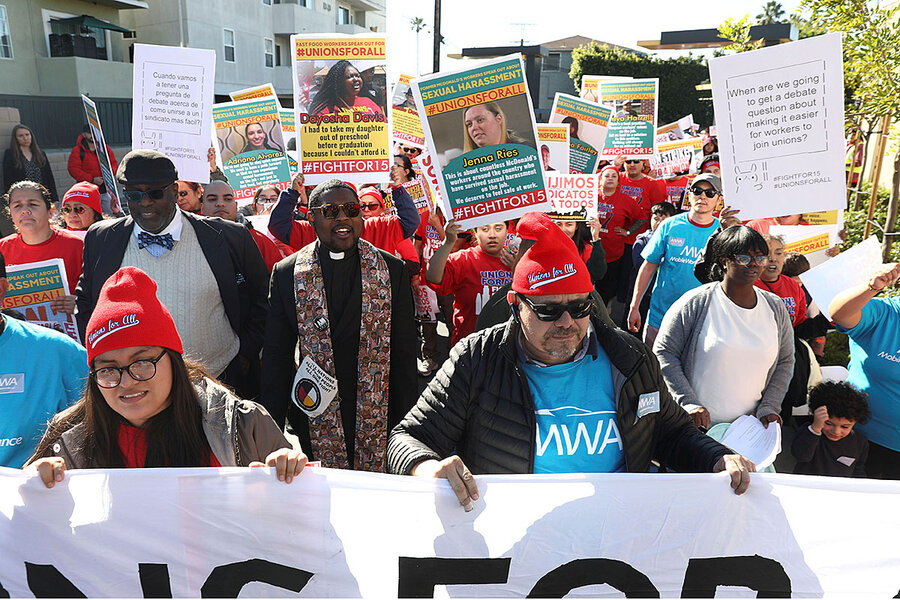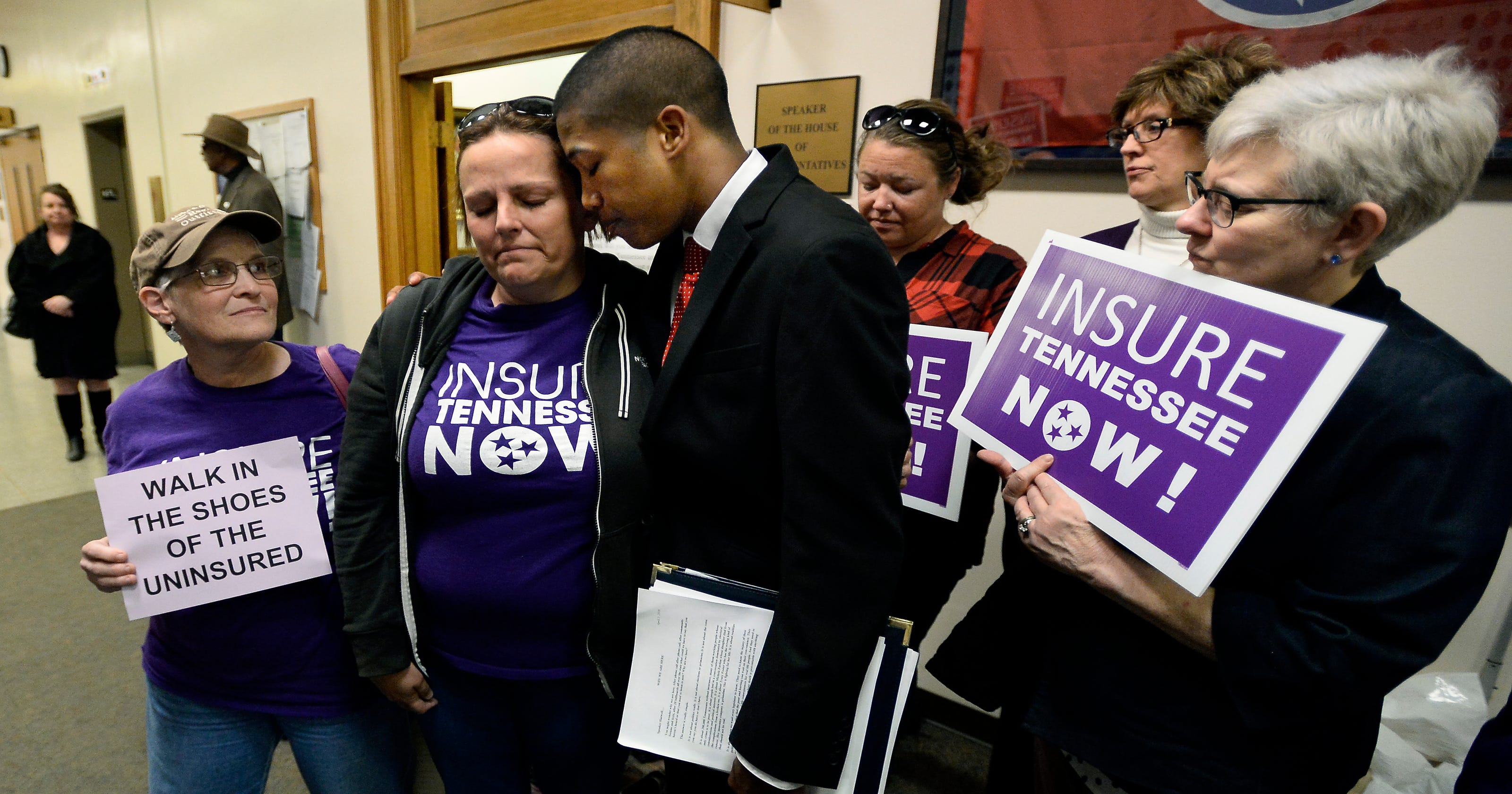In 2019, an estimated 568,000 Americans were experiencing homelessness.
Low wages and a stagnant housing market have pushed Salinas families to the margins. Advocates say the city’s low-income farmworker community bears the heaviest burden.
Areas where minority residents were denied mortgage loans and insurance in the mid-20th century are now home to some of the city’s hottest temperatures, according to new research.
The one-year lock, which applies to units getting a federal housing credit, aims to stabilize rents for low-income residents.
The report says with Michigan in the bottom five states for equitable K-12 school funding, the state should change its education funding system
A new report from Education Reform Now finds that some of the state’s highest ranked universities fall below the national average when serving Pell Grant students.
Record amounts of Latinos are attending colleges, but they’re intimidated by the cost, whiteness and bureaucracy.
It doesn’t hurt to check if you qualify, officials say.
Organizers hope the new space will bring food to hungry local residents and provide an opportunity for entrepreneurship.
As many as 15,000 people in Baltimore could see their food stamps benefits slashed under a new Trump administration rule that tightens eligibility requirements.

